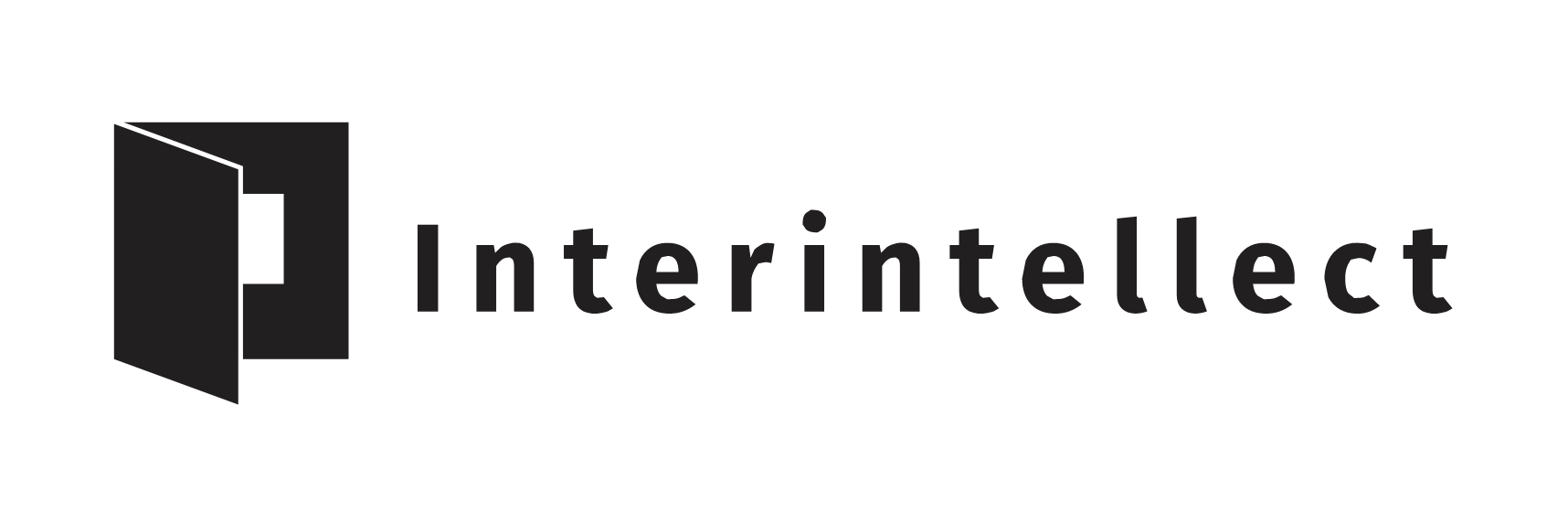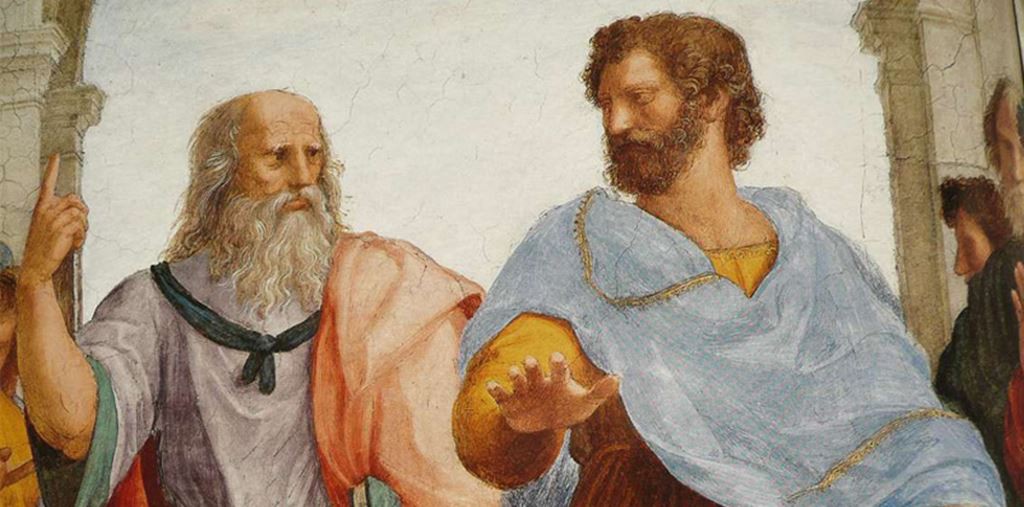Accelerating progress through mentorship
By Orpheas Katsikis for the Interintellect
There are several ways with which we can help accelerate progress but mentorship is one of the most underappreciated ones.
Be inspired by others
I’ve been mulling over this article for a while now and it’s an article that came both out of personal experiences mentoring younger people, as well as out of a synthesis of ideas from people I respect. Ideas that, serendipitously, were tweeted — time-wise — very close to each other…
- Riva Tez: “the main cap on human flourishing is the current limit of science.”
- Mason Hartman: “[…] a bunch of social problems are actually unsolved technical problems.”
- Nathan Baschez: “[…] access to coaching/mentors may be one of the biggest bottlenecks to human flourishing”
This group of tweets made intuitive sense to me:
The idea behind this tweet-group is that a lot of social problems are, in essence, unsolved technical problems and the current cap on human flourishing, is nothing more than the current limits of science; in practice, our current capacity to solve technical problems. And one of the ways we can break past this cap is by increasing supply of — as well as demand for — mentorship.
By mentoring, by sharing our learnings and experiences we can help others learn from our mistakes, and decrease the time needed to reach that critical point at which we can contribute to science.
By accelerating science & tech, we, in turn, increase the rate at which we solve scientific & technical problems, thus also social problems.
Be a mentor and a mentee
History holds several examples of mentorship relationships that helped inspire, drive, teach, and allow mentees to reach greater heights. Alexander The Great was mentored by Aristotle. Aristotle himself was mentored by Plato. Albert Einstein was first exposed to science by family friend Max Talmey. Marie Curie had Gabriel Lippmann. And Bill Gates himself credits part of his success to his mentor, Warren Buffet.

Even personally, through my work with 100mentors.com I have seen, first-hand, the sparkle in teens’ eyes when you expose them to the possibilities. I have seen the rapid results of mentorship by mentoring less-experienced colleagues.
Mentorship is a gift — to mentor and mentee, both — and we need to use it to push others upwards.
A lot of social problems are, in essence, unsolved technical problems and the current cap on human flourishing, is nothing more than the current limits of science; in practice, our current capacity to solve technical problems
Supporting the builders
Marc Andreessen recently put out a call-to-arms for builders across technological and political circles. A call-to-arms for us to gather together, work together to build things — things that will push society forward….
And in it, he poses a very striking question, a question that I find very important to have an answer to: “What are you building? What are you building directly, or helping other people to build, or teaching other people to build, or taking care of people who are building?”
This is where mentorship comes in. With mentorship, you can help other people to build, you can teach other people to build, and you can take care of people who are building.

While you don’t necessarily build directly this way, by supporting the builders, you empower and help sustain a meta-structure that helps accelerate progress. (This is just as true in writing and research — see Nadia Eghbal’s excellent essay: “Knowing that someone cares about what you’re doing is one of those things that seems totally trivial unless you’re currently in that flailing-about sort of situation.”)
Now, it’s good to underline here that mentorship is not just about showing people how to do things, but also showing them that they can want things and that it is possible to relentlessly pursue them to make them a reality. The best thing: mentorship (like management) is a high-leverage activity!
The two types of mentoring
Raising another’s aspirations and showing them how to achieve them provides asymmetrically high-returns. As Tyler Cowen puts it: “This is in fact one of the most valuable things you can do with your time and with your life.”

There are several types of mentorship, and people are most familiar with direct and indirect mentorship. Both are needed: indirect mentorship to create a community of sharing and direct mentorship to address more specific issues directly with each builder.
We owe it to ourselves and our communities — our tribes — to act as mentors as well as to enhance the place of mentors in society.
Direct mentorship is a one-to-one relationship between mentor and mentee. The mentor has the opportunity to better tailor her advice to her mentee, and the mentee is able to ask and discuss specific issues that trouble her.
In the case of indirect mentorship the mentor acts as a one-to-many transmitter of learnings and experiences to those willing to listen (think of Twitter). Those willing to listen can enjoy many of the advantages of a direct mentorship relationship.
Indirect mentorship is inherently scalable. Even if someone does not have the time or capacity to engage in a one-to-one relationship, they can mentor simply by “working with the garage door up”. Thinking out loud, exhibiting their process, struggles, and way of thinking while they are in the trenches is an invaluable way of one-to-many communication. It establishes trust between transmitter and receivers and provides insights into how the process of building looks like. (Read Anne-Laure Le Cunff’s essay about learning in public.)
And this is why we need builders to be more open, to be more public, because being more public is a surefire way to participate in helping and supporting other builders.

Mentorship is a gift — to mentor and mentee, both — and we need to use it to push others upwards.
We owe it to ourselves and our communities — our tribes — to act as mentors as well as to enhance the place of mentors in society. It’s an activity that society deeply needs, but doesn’t know how to ask for.

